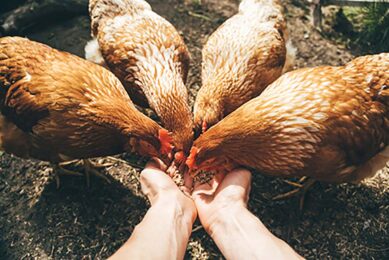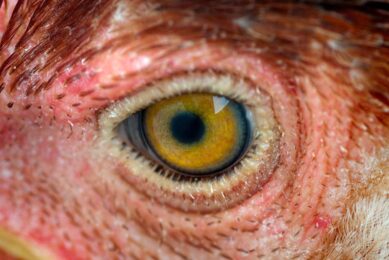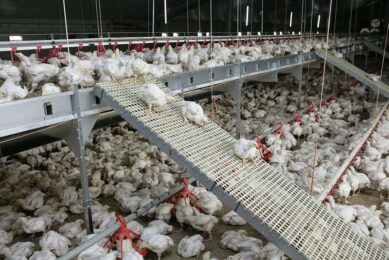Scientists study obesity and chickens
Scientists are looking at ways of helping growers efficiently produce chickens of optimal weight while minimising excess fat.
Agricultural Research Service scientists (*) recently identified and sequenced genes responsible for regulating both energy use by individual cells and the food intake of birds. They also showed that the genes function in different tissues throughout the body of the broiler chicken.
This biochemical pathway maintains energy balance in the bird’s body. A key component of the pathway is an enzyme called AMP-activated protein kinase, or AMPK.
In animals, obesity results from an imbalance when more food energy (calories) is consumed than the body needs. Excess energy is stored mostly as fat. Over the years, poultry breeders have bred chickens that grow faster and produce more meat. But, according to the researchers, modern broiler/breeder chickens don’t adequately balance their feed consumption to match their energy requirements, so when the birds are given unrestricted access to feed, they will overeat and become obese.
AMPK plays a central role in sensing cellular energy levels. It begins a series of events that affect food intake and metabolism of fat, carbohydrate and protein.
According to animal scientists Monika Proszkowiec-Weglarz, AMPK is really a “molecular fuel gauge†and a master metabolic regulator in cells. It responds to fluctuations in the levels of cellular energy and of specific nutrients and hormones outside the cells.
Read more about this research, in the January 2008 issue of Agricultural Research magazine
* ARS Animal Biosciences and Biotechnology Laboratory in Beltsville, Md., animal scientists Monika Proszkowiec-Weglarz and Mark Richards, along with research leader John McMurtry and Penn State University collaborator Ramesh Ramachandran.
Join 31,000+ subscribers
Subscribe to our newsletter to stay updated about all the need-to-know content in the poultry sector, three times a week. Beheer
Beheer








 WP Admin
WP Admin  Bewerk bericht
Bewerk bericht